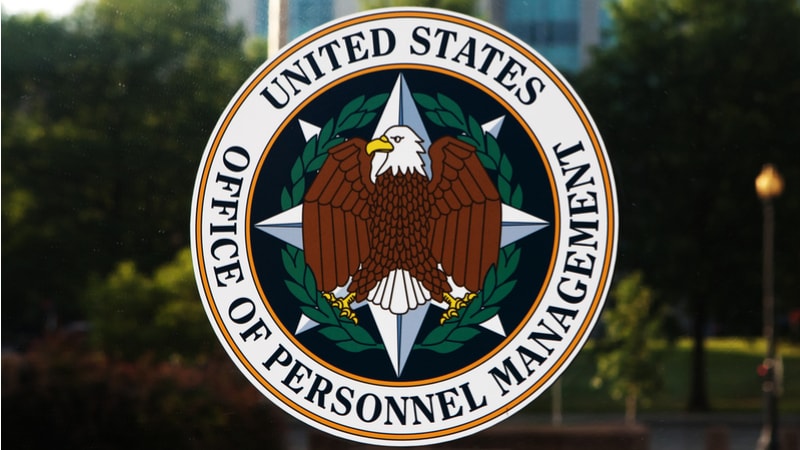
The Office of Personnel Management (OPM) today released its 2023 Equity Action Plan, which spotlights data as a tool to better understand barriers and advance diversity, equity, inclusion, and accessibility (DEIA) in the Federal workforce.
“As the Federal government’s chief human resources agency and personnel policy manager, OPM is deeply committed to developing policies and services that advance equity and remove barriers for underserved communities across the Federal government,” OPM Director Kiran Ahuja said in a statement attached to the plan.
According to Ahuja, the Equity Action Plan emphasizes the use of data to identify barriers for underserved communities and advance DEIA in the Federal workforce, including releasing a data collection strategy consistent with President Biden’s DEIA executive order.
For example, in 2022 OPM advanced and embedded equity further into its programs by increasing access to post-audit Applicant Flow Data (AFD), which helps Federal agencies determine the existence of any barriers affecting applicants and develops future recruitment efforts.
AFD is the demographic information voluntarily provided by applicants for Federal job postings via USAJOBS.gov. After a job opportunity is closed and all certificates issued under the announcement are audited, Federal agencies may use anonymized, post-audit AFD as part of their efforts to determine the existence of any barriers affecting applicants and develop future recruitment efforts.
As part of its 2023 Equity Action Plan OPM plans to continue efforts to expand access and use of post-audit AFD.
“OPM’s role is to ensure agencies have access to anonymized, post-audit AFD and can collaborate with the Equal Employment Opportunity Commission (EEOC) to provide tools and training for agencies on the appropriate use of AFD,” the plan reads.
In addition, OPM will partner with Talent Acquisition Systems to develop and implement government-wide data standards and business rules for the development and agency access of AFD — which will enable agencies to more easily collect, access or use AFD from talent acquisition system provider.
In addition to AFD efforts, OPM plans to conduct outreach events for high school and college students from underserved communities to “build a workforce that reflects the diversity of the American people by reducing barriers to Federal career opportunities.”
“OPM will survey different stakeholders including K-12, post-secondary, and community organizations and will use the data to strengthen future events,” the plan reads.
OPM also plans to advance the equitable participation of Federal employees in the Federal Employees Health Benefits (FEHB) Program by conduct a mixed methods study that will access and analyze data to identify barriers and potential solutions to accessing health benefits.
Lastly, OPM plans to leverage existing employment data — i.e., payroll, personnel status, employee demographic — to assess use and equity of paid parental leave as well as identify potential areas where employees may not be maximally using this new benefit or may be constrained from using the full amount of the benefit.
